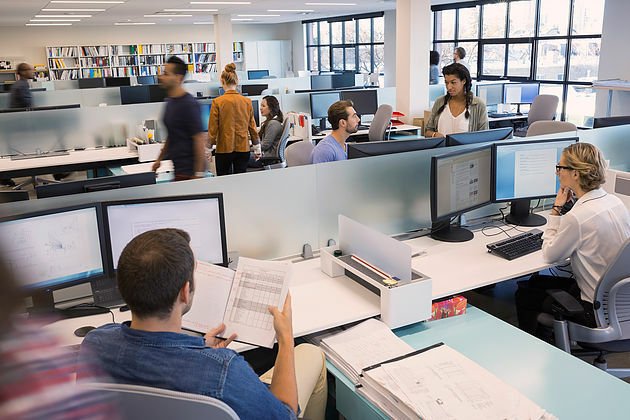This is a guest post by Michael Soto, Co-Founder of Spark Collaboration.
For many, serendipity is simply an inexplicable lucky accident. Such a view is neither useful nor historically accurate. Horace Walpole coined the term in 1754 to describe the ‘faculty of making happy and unexpected discoveries by accident.’ It is in this sense that Pedro Medina speaks of Serendipity as a Style of Life and Greg Lindsay of Engineering Serendipity. This line of thinking is succinctly conveyed by Roman Philosopher Seneca in the saying, “Luck is what happens when preparation meets opportunity.”
Take for example the old saying that finding a penny on the ground is good luck. While the “lucky accident” view of serendipity might see this as foreshadowing good things to come, I would suggest a better interpretation would envision serendipity as strategy. Someone who is aware of their surroundings is more likely to see the penny as well as other good fortune coming their way than someone that does not keep an eye out for opportunities around them.
One of the most common ways of designing serendipity in organizations is to promote casual collisions. The thinking goes that by increasing the number of unexpected encounters, there will be a corresponding increase in the serendipitous conversations and discoveries. These take many different forms but often take the form of intentional bottlenecks that force people to slow down and maintain within close proximity of others, hopefully leading to a conversation, and then to a discovery. Such is the carefully planned domino effect that is desired by casual collisions.
Physical Design for Casual Collisions
These are some of my favorite examples of using physical design to promote casual collisions and serendipitous conversations:
- Lunch Lines – Google tracks the length of their lunch lines, not to reduce them but rather to keep them at an optimal length.
- Elevators – The Bloomberg building in New York elevator takes you from the ground floor to the cafeteria where you can then switch elevators to other floors.
- Bathrooms – Apple put restrooms in a single location to drive people towards the same place.
- Hallways – Architects in some cases are designing narrower hallways, which force people to look up from their devices to avoid bumping into others.
- Lunch Tables – Offices are encouraged to replace small lunch tables with fewer, longer ones.
- Watercooler – One company is even literally moving around the proverbial watercooler.
- Open floor Offices – Tearing down office walls to create a single open space where people can see and bump into each other.
This is but a small collection of initiatives aimed at creating propitious circumstances for people to talk with others that they do not usually speak to. As Greg Lindsay asks, “But how can we do a better job of bringing people together than installing bigger cafeteria tables, adding another coffee machine, or locking all the bathrooms but one?”
Casual Collisions Can Cause Bruises
Greg suggests tearing down walls but the open office has its problems (noise, lack of privacy) and in the end it does not necessarily lead to the desired objective.
Why? Because physical proximity is not social proximity. Take a look at public transport (buses, trains, elevators) where people are in a confined space for a prolonged period of time yet social norms prevent them from talking. Pedro Medina highlights this social norm and turns it on its head when he enters elevators and asks, “Is this one of the buildings where it is permissible to speak to others in the elevator?” The resulting laugh is sure sign of a successful ice breaker.
A similar point is made by Kerstin Sailer in Seeing is Not Interacting. She describes a university building in Singapore designed to revolutionize teaching and learning, where there are stacked towers with each floor opening towards the central courtyard.
Designing Social Interaction
While at Nesta, the UK innovation foundation, we came up with a process called Randomised Coffee Trials, which I like to joke is an incredibly sophisticated process where we encourage colleagues to have coffee with each other. The having coffee part is easy, orchestrating recurring one-on-one introductions to a new colleague is now easy to do with Spark Collaboration.
Using physical design, companies are hoping to encourage you to bump into coworkers outside those that you typically interact with during your work activities. We’ve found that a more elegant solution is possible because people want to meet their colleagues, they just lack the system to do so. Spark Collaboration facilitates casual collisions without the bruises.
Spark Collaborationhelps companies connect their employees to share ideas face-to-face. Using Spark, companies can match employees one-on-one for real-time social interactions. By meeting over coffee, lunch or video, employees can create real social connections that can help them be more connected, innovative and ultimately more productive.









